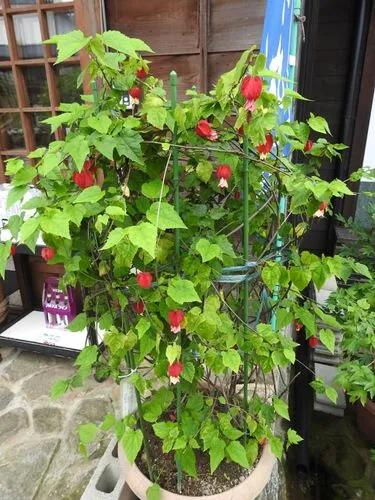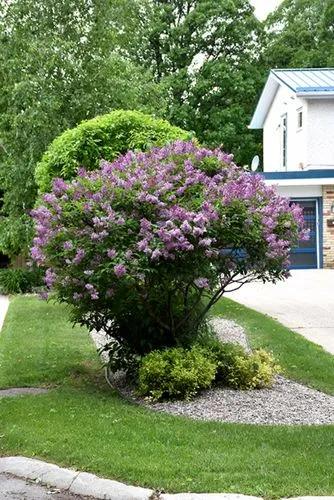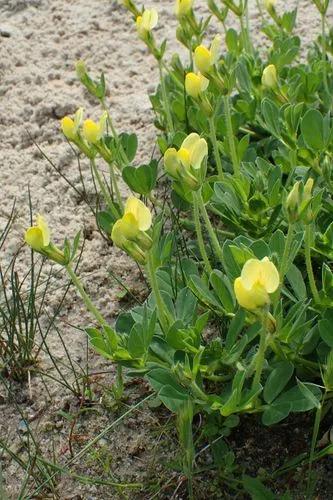Acacia longifolia is widely cultivated in subtropical regions of the world. Its uses include prevention of soil erosion, food (flowers, seeds and seed pods), yellow dye (from the flowers), green dye (pods) and wood. The flower colour derives from the organic compound kaempferol. The tree's bark has limited use in tanning, primarily for sheepskin. It is useful for securing uninhabited sand in coastal areas, primarily where there are not too many hard frosts. In Tasmania the ripening pods were roasted and the seeds removed and eaten Golden wattle occurs as both a shrub or tree that can reach a height of up to 8 m (26 ft). It has smooth to finely fissured greyish coloured bark and glabrous branchlets that are angled towards the apices. Like most species of Acacia it has phyllodes rather than true leaves. The evergreen and glabrous phyllodes are mostly straight but occasionally slightly curved with a length of 4 to 20 cm (1.6 to 7.9 in) and a width of 4 to 30 mm (0.16 to 1.18 in) and have numerous prominent longitudinal veins. It blooms between June and October in its native range producing simple inflorescences that occur singly or in pairs in the phyllode axils on stalks with a length of less than 2 mm (0.079 in).
Long-Leaved Acacia Care
Acacia Longifolia
Other names: Sydney Wattle, Coastal Wattle, Golden-rods, Longleaf Wattle, Sallow Wattle, Sydney Golden Wattle, Long-leaved Wattle, Acacia Trinervis, Aroma Doble



The shrub is available commercially and can be propagated by seed scarification or boiling water treatment. It is regarded as an attractive, hardy, fast-growing species suitable as a hedge plant or for screening. Suitable for hydroseeding work on banks where it will provide soil stabilization. Sydney golden wattle is well suited for low maintenance areas such as road batters, will grow in a range of soil types and is frost hardy. It is heavily used at present in Southern California as a street canopy tree, as it grows fairly quickly (reaching a height of five meters within a year or two of planting), tolerates drought, and is resilient even to the particularly brutal pruning practices associated with low-cost tree services. In Portugal the species is considered highly invasive in sand dunes and its cultivation is prohibited by law n South Africa at least, the Pteromalid wasp Trichilogaster acaciaelongifoliae has been introduced from Australia, and has spread rapidly, achieving substantial control. The effect on the trees has been described as drastic seed reduction (typically over 90%) by galling of reproductive buds, and indirect debilitation of the affected plant by increased abscission of inflorescences adjacent to the growing galls. The presence of galls also caused leaf abscission, reducing vegetative growth as well as reproductive output.
How to Care for the Plant

Popularity

179 people already have this plant 30 people have added this plant to their wishlists
Discover more plants with the list below
Popular articles






